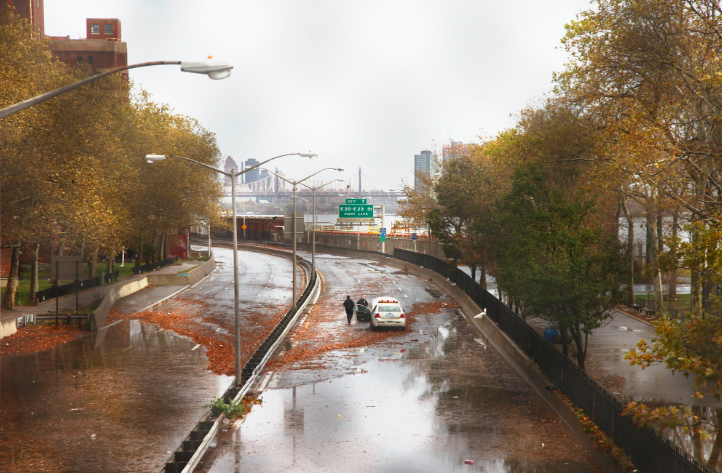6sqft: A decade ago, an Atlantic hurricane-turned-superstorm named Sandy caught ready-for-anything New York City completely off guard as it raged up the East Coast from the Caribbean to Canada. On October 29, 2012, the city was blindsided by an unanticipated storm surge that flooded streets and subway tunnels and cut power. It took some areas weeks to get the lights back on and, in the best of cases, open for business, and years to rebuild (an effort which is still ongoing). It goes without saying that the city would like this disaster to be the first and last of its kind, but predictions of future environmental impacts are front-page news daily. To that end, experts and innovators in architecture and engineering, government organizations, regulators, and planners have dedicated their efforts–and billions of dollars–to protect the city in a post-Sandy world. But what has really been accomplished–and is the city safer?
Hurricane Sandy was the largest recorded Atlantic hurricane by diameter, with tropical storm-force winds causing almost $70 billion in damage in its path. What followed was a monumental wave of plans to rebuild what was lost and protect the city, its coastlines, and its communities against future environmental challenges.
Reports have predicted rising sea levels and growing flood risk. By 2030, according to projections, the city could be getting windblown and waterlogged every five years. Resiliency quickly became a top imperative for rebuilding the city’s public spaces as well as protecting its fragile coastal areas. Read More >>

